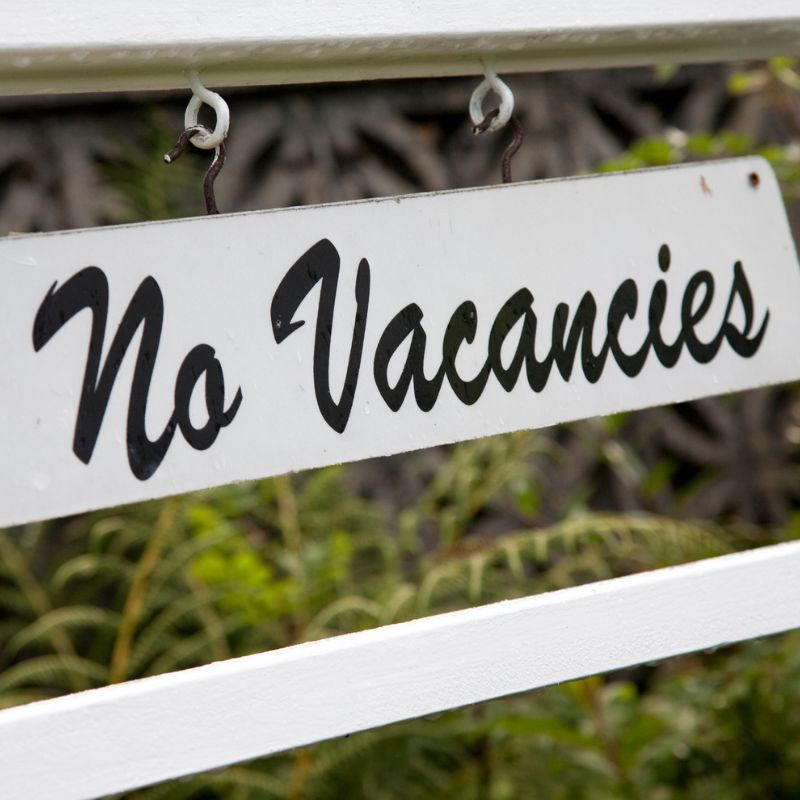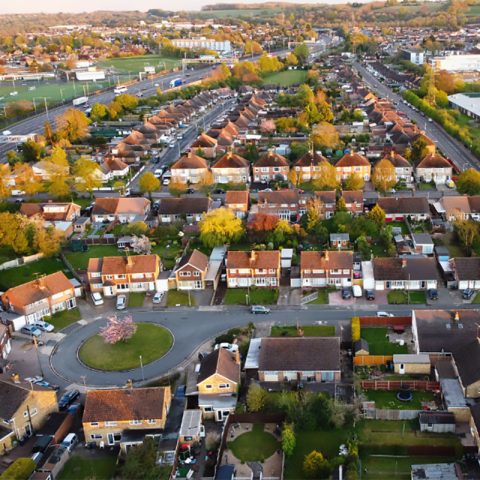There is no realistic prospect of rental vacancies rising significantly any time soon, which is grim news for tenants in most parts of Australia.
Vacancy rates continue to be close to those historic lows that have become the norm in the past couple of years and it doesn’t look like it will improve. The politicians who have created this unprecedented shortage of rental properties are clueless about how to fix their mess – and most of their actions that impact on the situation make it worse, not better (including the new rental laws from the NSW Government).
The latest data on vacancies nationwide – from one of the key sources, SQM Research – has the national vacancy rate at 1.3% in June, the same as it was a year ago. We still have capital cities with vacancy rates well below 1%, including Adelaide, Perth and Darwin.
That June vacancy rate was slightly up from the rate for May, but that’s attributed to seasonal factors. Here’s what Louis Christopher, managing director of SQM Research and one of Australia’s most experienced and respected research analysts, says about the current situation and the future of vacancy rates “Based on history, we have now reached the peak in rental vacancy rates for Winter. It is likely that vacancy rates will now begin to tighten again and keep tightening until November. “Overall, the national rental market remains in severe shortage and barring some exceptions, is not expected to materially soften out of the rental crisis for some years.”
So what does this mean for residential rents? It doesn’t necessarily mean they are going to continue rising at 10% or more per year. While vacancies are set to remain dangerously low for some time, there is a ceiling beyond which rents can’t rise because of the capacity of tenants to pay. Louis Christopher says “Much of the structural rental shortage has now been priced into the rental market, and so I do believe the days of 10-20% plus annual rental increases have come to an end.”
Tenants, who tend to have lower incomes, have had years of rising rents and they can’t keep paying more and more in rent, at times when they’re also paying more for food, electricity, petrol and other essentials. But the situation of ongoing ultra-low vacancies does mean that rents won’t fall. They will remain at the current high levels for the foreseeable future.



